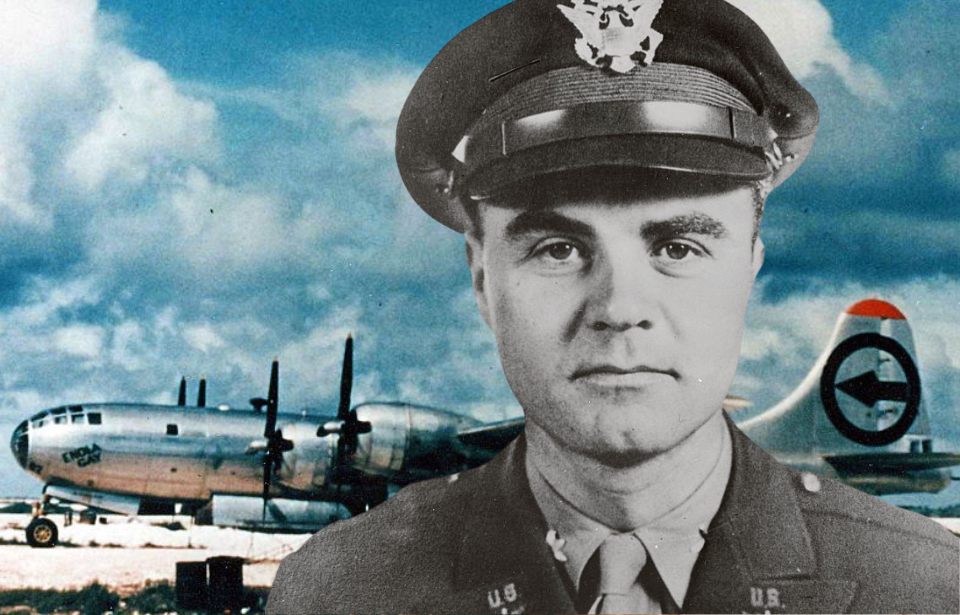Brig. Gen. Paul Tibbets, the pilot of the Enola Gay during the atomic bombing of Hiroshima, rose to fame in the United States following World War II. Yet, despite his fame, Tibbets opted not to have a funeral service or a gravestone after his passing—but what was the reason for this decision?
Paul Tibbets enlists with the US Army Air Corps
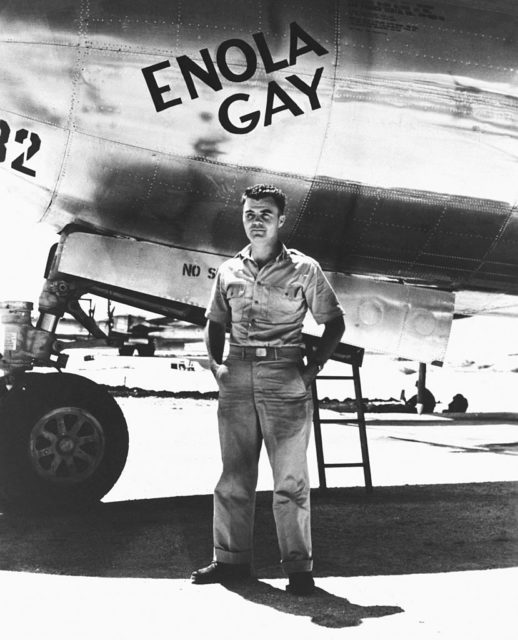
Paul Tibbets was an abdominal surgeon before enlisting in the US Army Air Corps (USAAC). Initially committing to a three-year term, he earned his pilot wings in 1938 and opted to remain on active duty when World War II began. Although best known for his service in the Pacific Theater, Tibbets first took part in bombing missions over North Africa and France. Remarkably, he also served as Gen. George Patton‘s personal pilot from 1940-41.
Paul Tibbets was a test pilot for the Boeing B-29 Superfortress
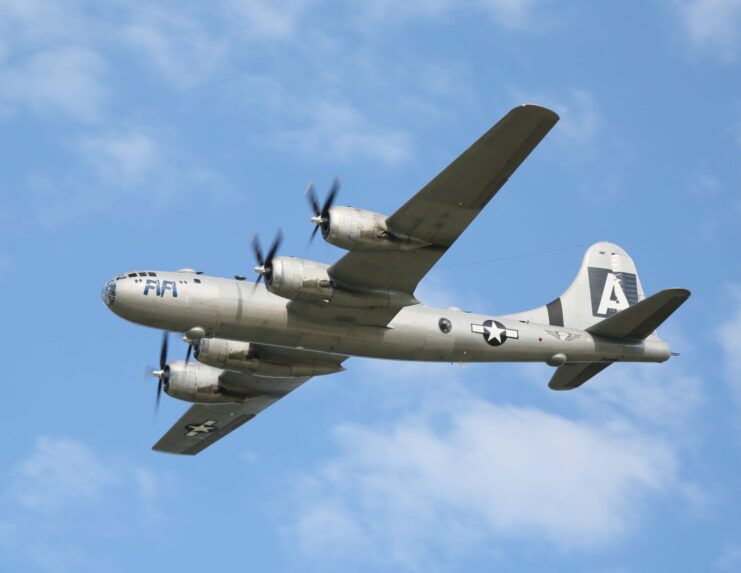
In the autumn of 1943, Paul Tibbets was called back to be a test pilot during the development of the Boeing B-29 Superfortress. He discovered that, by removing armor plating and armaments, the bomber became 7,000 pounds lighter and performed better. After a year, he was assigned to retrain other pilots in the 17th Bombardment Operational Training Wing (Very Heavy).
In 1944, Tibbets was appointed to lead the 509th Composite Group, which was tasked with the training and deployment of atomic bombs from B-29s.
Bombing of Hiroshima
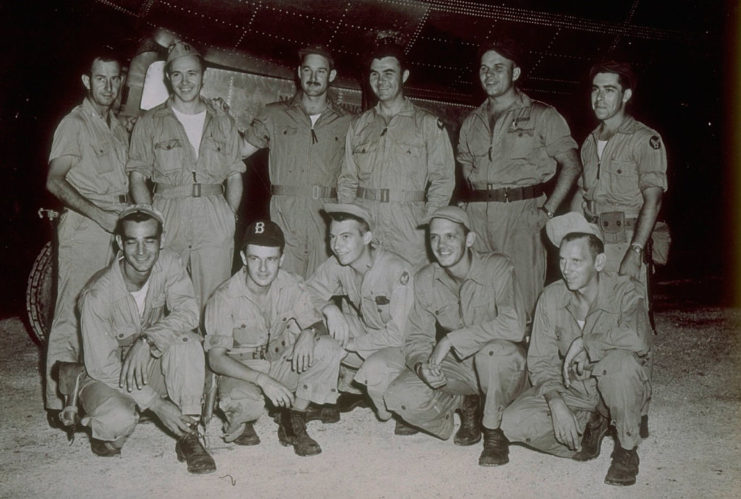
In May 1945, Paul Tibbets and his crew relocated to Tinian, conducting routine bombing missions over Japanese-occupied islands while also training with atomic bomb prototypes.
When the 509th group received authorization to target Japan, Tibbets took command of the bomber chosen to deliver Little Boy, the atomic bomb dropped on Hiroshima. He named the aircraft Enola Gay, in honor of his mother.
Dropping Little Boy
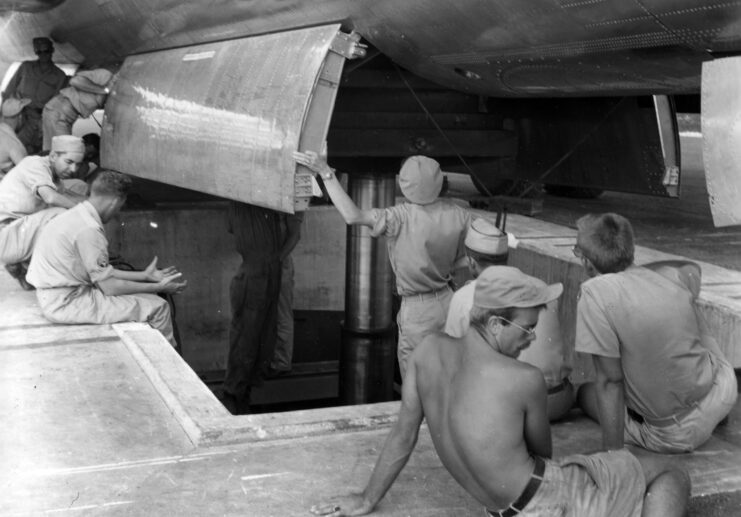
On August 6, 1945, Paul Tibbets led his crew and two observation aircraft on a mission to release the Little Boy atomic bomb over Hiroshima. Looking back on the event, he remembered how quickly a mushroom cloud rose over the city following the bomb’s detonation.
Although some of his crew members took part in the second mission to drop Fat Man on Nagasaki, Tibbets himself did not participate in that operation. He holds an important place in history as the first person to deploy an atomic weapon against an enemy city.
Paul Tibbets returns home as a war hero
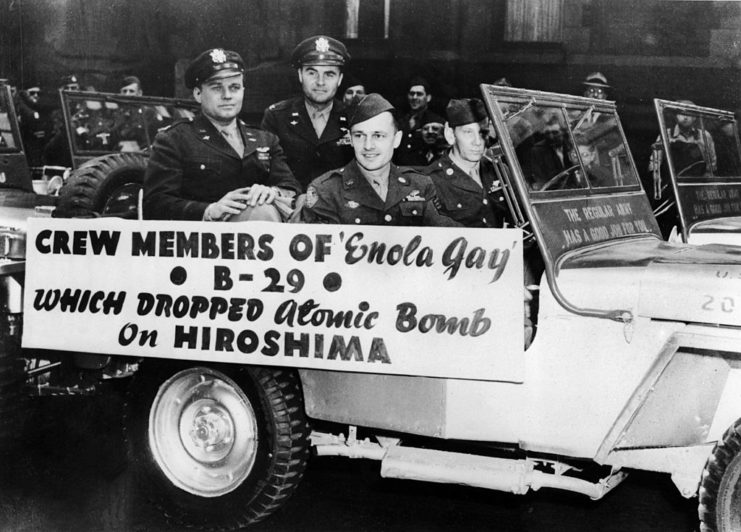
Paul Tibbets was a celebrated figure of the Second World War, receiving the Distinguished Service Cross for his contributions. President Harry Truman even invited him to the White House, in recognition of his remarkable achievements.
In 1976, Tibbets participated in a re-enactment of the bombing of Hiroshima at the Harlingen, Texas airshow, drawing criticism from Japan. He clarified that it “was not intended to insult anybody,” leading to an apology from the US government.
Despite ongoing ethical debates about atomic bombs, Tibbets maintained his belief in the necessity of the action. While he wasn’t proud of the loss of lives, he believed it brought resolution to the conflict. These convictions against nuclear weapons and warfare influenced Tibbets’ choice for his final resting place.
Paul Tibbets’ final resting place
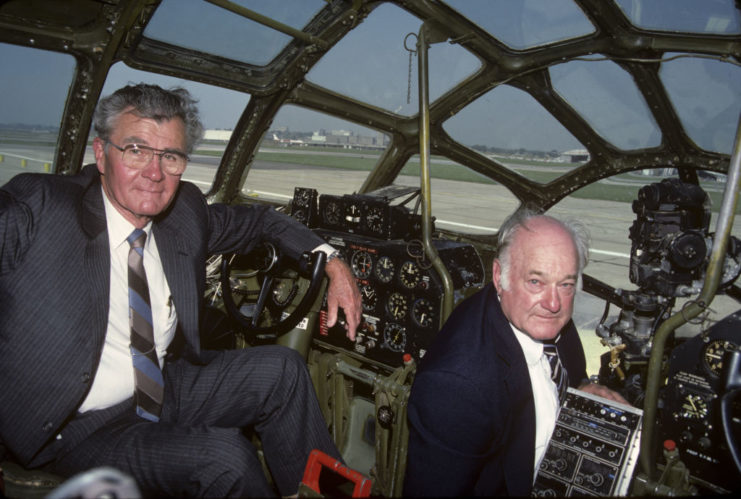
In the months leading up to his death, Paul Tibbets’ health declined. During this period, he firmly expressed his wish to forego a grave or funeral. He was worried about his burial site possibly becoming a target for protests against America’s actions in Japan or opposition to nuclear weapons, and feared its potential desecration.
Want War History Online‘s content sent directly to your inbox? Sign up for our newsletter here!
Instead of a grave, Tibbets requested cremation and that his ashes be scattered over the English Channel. He chose this location because he had flown over it many times during the war. Following his death on November 1, 2007, at the age of 92, his family honored his wishes and scattered his ashes accordingly.
